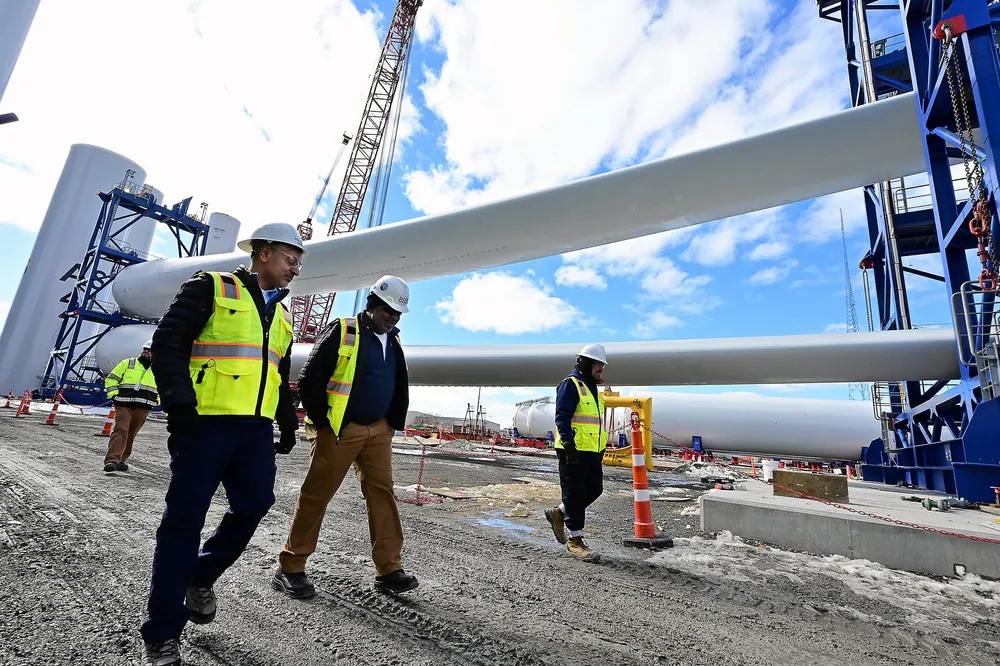Massachusetts puts brakes on future offshore wind development amid turmoil
Pioneering state delays next procurement round as it still works out contract negotiations for last tender

US offshore wind pioneer Massachusetts has put the brakes on future procurements amid Trump turmoil and ongoing contract negotiations for its last round, state agencies revealed.
The Massachusetts Department of Energy Resources (DOER), which oversees offshore wind procurement, informed the Department of Public Utilities in a letter last week that it was holding off its fifth procurement round “until 2026 at the earliest” at the request of prospective bidders and other stakeholders.
State law requires that Massachusetts' next tender happen within 24 months of its last, which closed 6 September 2024.
Three projects were awarded, with one, Copenhagen Infrastructure Partner (CIP)’s 800MW array, quickly withdrawing after Connecticut declined to procure a further 400MW.
Reasons for the delay include “federal policy uncertainty such as the Presidential Memorandum halting federal permitting of wind projects, ensuing litigation challenging that Memorandum, availability of the investment tax credit, and tariff uncertainty, as well as ongoing Round IV contract negotiations,” DOER noted in its letter.
DOER also cited Massachusetts state law requiring procurement drafting parties “to make improvements to the subsequent solicitation based on lessons learned from the prior solicitation.”
Round 4 “contract negotiations need to conclude for such improvements to be fully understood and completely incorporated into” the Round 5 procurement process, DOER said.
Massachusetts was an industry pacesetter and hosts the nation’s first fully approved commercial-scale array, CIP-Avangrid’s 800MW Vineyard Wind.
The state also procured 800MW from Ocean Winds and 1.2GW from Avangrid in earlier rounds, but these projects fell apart in 2023 long before Trump returned to power due to poor economics caused by surging inflation and financing costs.
The state mandates 5.6GW under contract by 2027 and its decarbonisation goals put it on track for potentially 20GW by mid-century.
(Copyright)